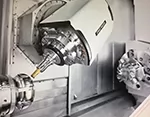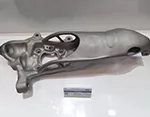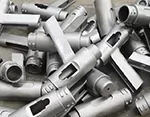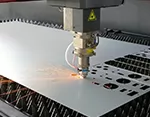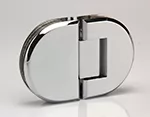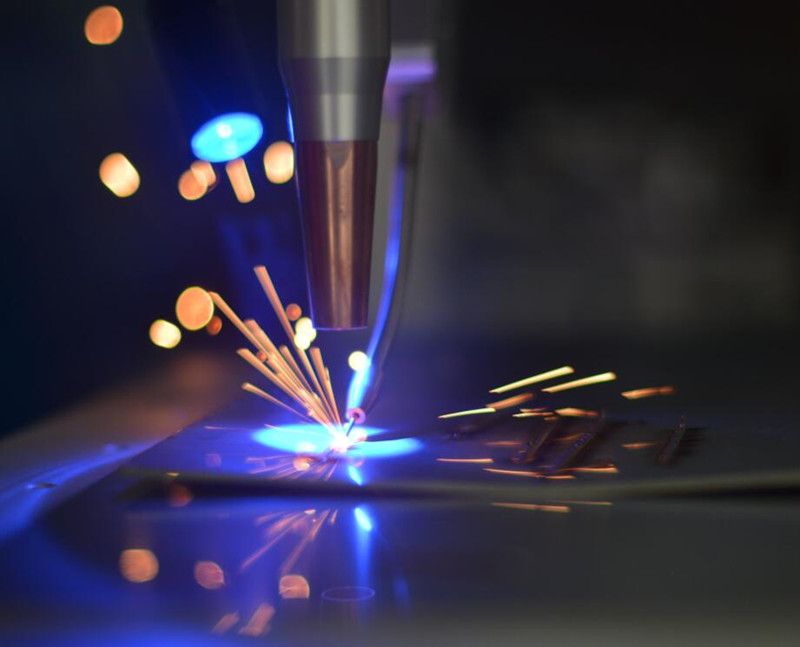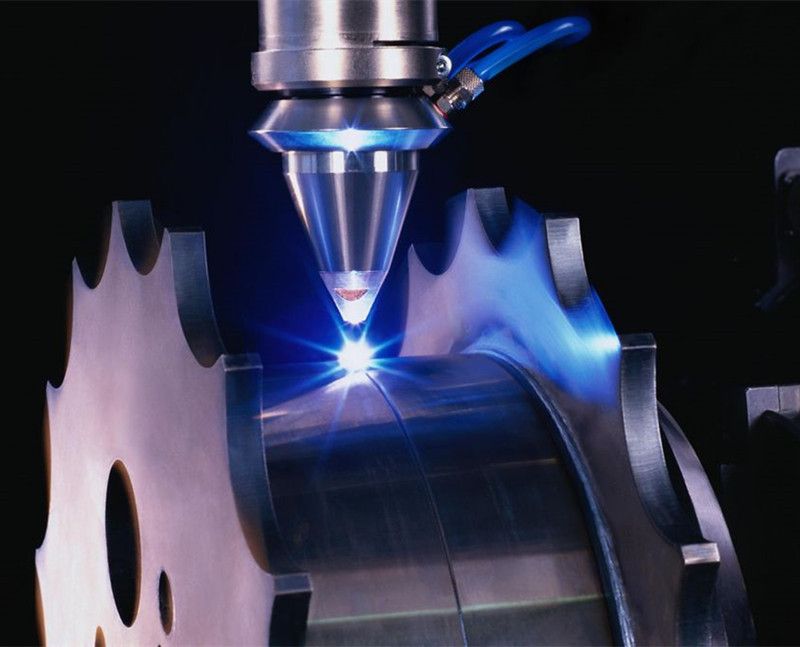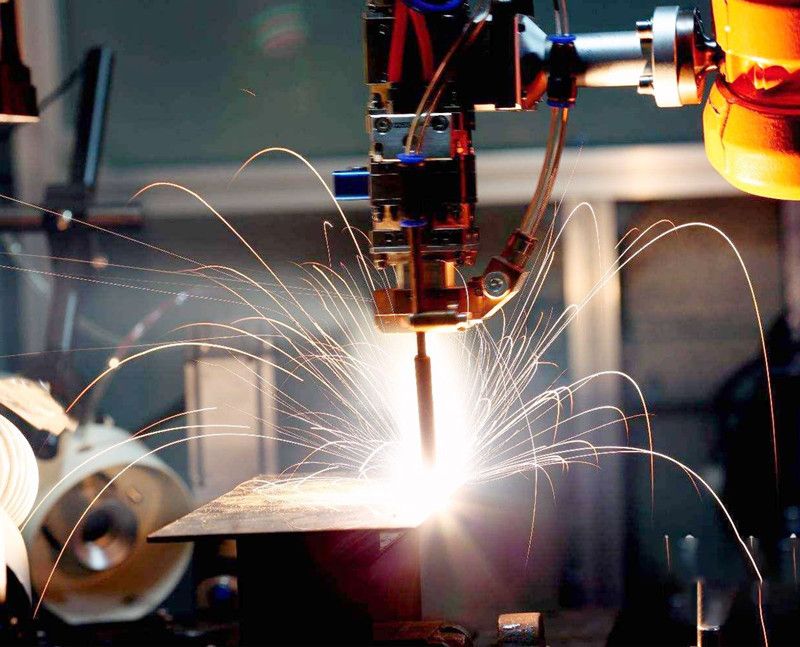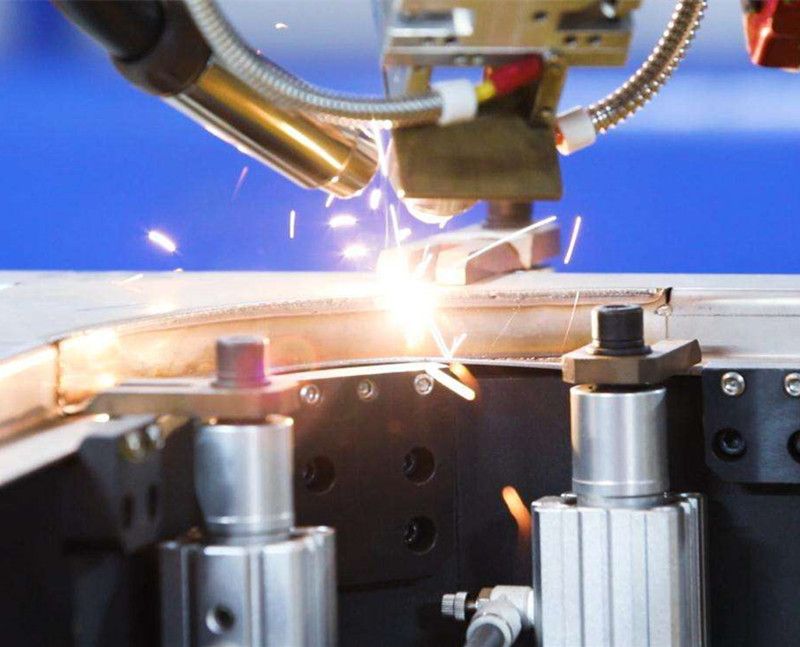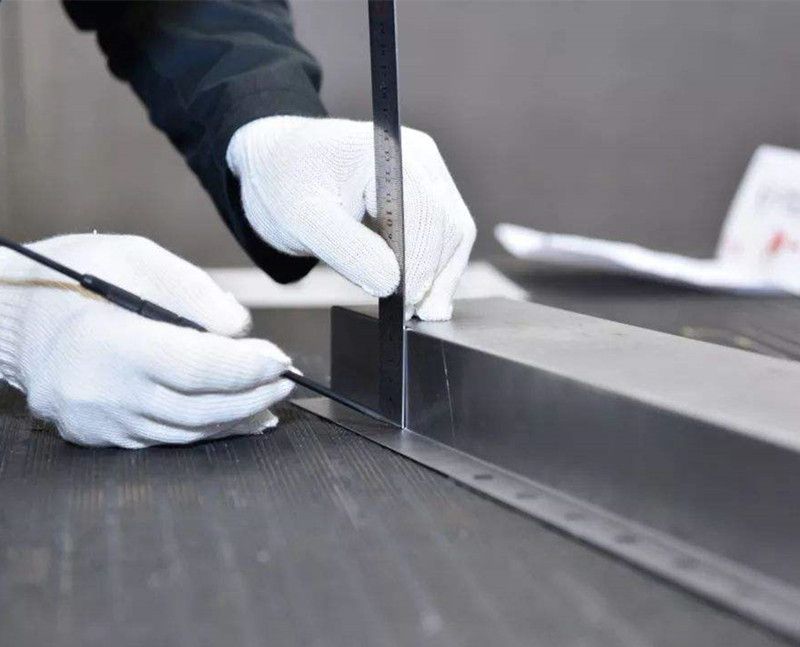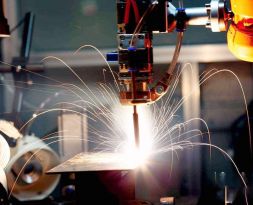-
Service
+
- CNC Precision Machining Service +
- Multi-Axis Simultaneous Machining Service +
- CNC Turning Service +
- Metal 3D Printing Service +
- Rapid Prototyping Service +
- Die Casting Service +
- Sheet Metal Fabrication Service +
-
Finish Serivces
+
- Polishing
- Grinding
- Brushed Finish
- Sand blasting
- Painting
- Powder Painting
- Anodizing
- Hard anodizing Service
- Passivation
- Zinc Plating
- Nickel Plating
- Chrome Plating
- Blackening
- Black Zinc Plating
- Teflon Coating
- Titanium Coating
- DLC Coating
- Laser Marking
- Silk Screen Printing
- Transfer Printing
- Micro Arc Oxidation
- Industries +
- About Us +
- Resource +
- Contact Us
- Quote

-
Service
-
>
-
>
-
>
-
>
-
>
-
>
-
>
-
>
-
- Industries
- About Us
- Resource
- Contact Us
Precision Welding
Brief Introducing three precision welding methods, laser welding, E-beam welding, and diffusion welding.Welding is a fabricating process which connect metals or plastics by heating or under high temperature and high pressure .Welding is a popular post process in sheet metal fabricating and CNC machining, as it’s very convenient and cost-effective. Precision welding is the welding process which can realize the precision manufacturing. Generally, the requirement of precision welding can be met by welding methods with the high density and high power. The main welding methods of precision welding are laser welding, E-beam welding, and diffusion welding etc.
What is Welding?
Welding is a fabricating process which connect metals or plastics by heating or under high temperature and high pressure . In essence, the welding makes the metal atoms from two separate surfaces approached to a crystal lattice distance 0.3-0.5mm by the suitable physical or chemical process. Welding is a popular process in sheet metal fabrication, as it’s very convenient and cost-effective.
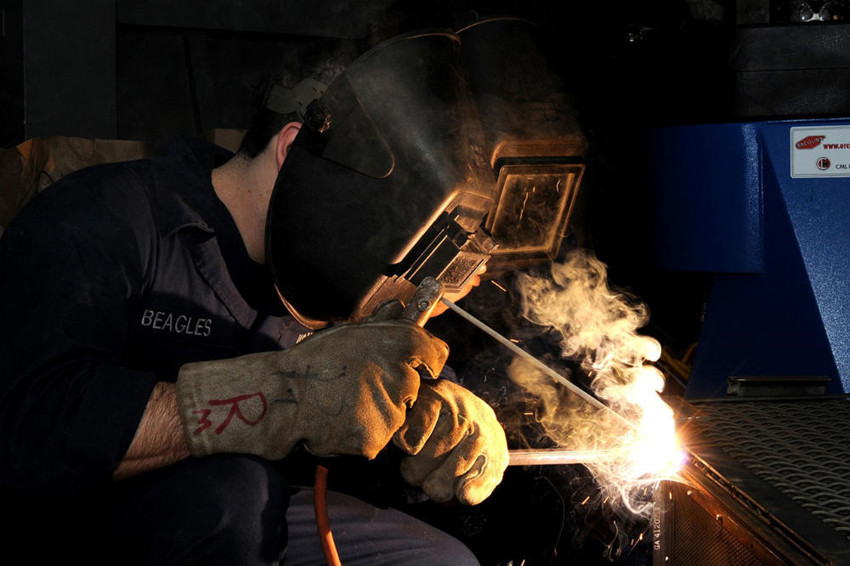
Welding
What is Precision Welding?
Precision welding is the welding process which can realize the precision manufacturing. Generally, the requirement of precision welding can be met by welding methods with the high density and high power.
Beyond the welding process, the precision welding also consist of soldering, bonding, splicing or Glueing.
From the characteristic of precision parts, the welding objects are in the condition of precise machining or final surface treatment. Such as the heat treatment, plating, coating, precision blasting or vacuum coating etc. Hence, the strength properties of the base metal should not lower than the original design after precision welding, the surface condition which should not lower than the original design neither. Therefore, the weld time are controlled in millisecond or second level when adopt welding, including pulse laser welding or braze welding, pulsed resistance welding, storage collision welding, capacitor discharge welding, Tungsten Insert Gas Welding or spot welding etc.
The main welding methods of precision welding are laser welding, E-beam welding, and diffusion welding etc.
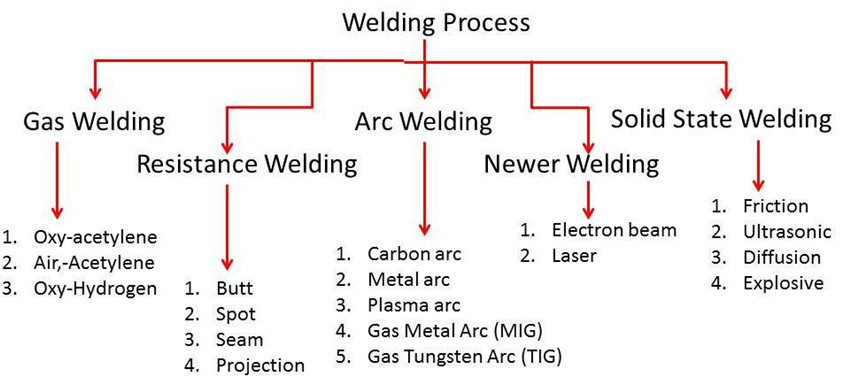
Types of Welding
What is Laser welding?
Laser welding is the precision welding process which focus the laser beam with high density energy on the surface of workpiece, then the metal around the radiation surface will form a welding join due to the melting and bonding. The essence of laser welding is the welding which bases on the keyhole effect. The power and density of laser should be high enough to produce keyhole, and the depth of keyhole is the depth of welding. The keyhole will keep stable and move among the material along with the moving of workpiece against the laser beam. The surrounding of keyhole will be surrounded by the drop-shape melting pool. The keyhole is full of plasma which emerged by the metal vapour, and these plasma which contained some pressure will spurt to the surface space of the workpiece. Then the plasma cloud with a certain range will be formed on the keyhole.
The laser welding is very popular in the post process of CNC machining and sheet metal fabrication. As it’s portable and very easy for operation. The cost of laser welding is also affordable.
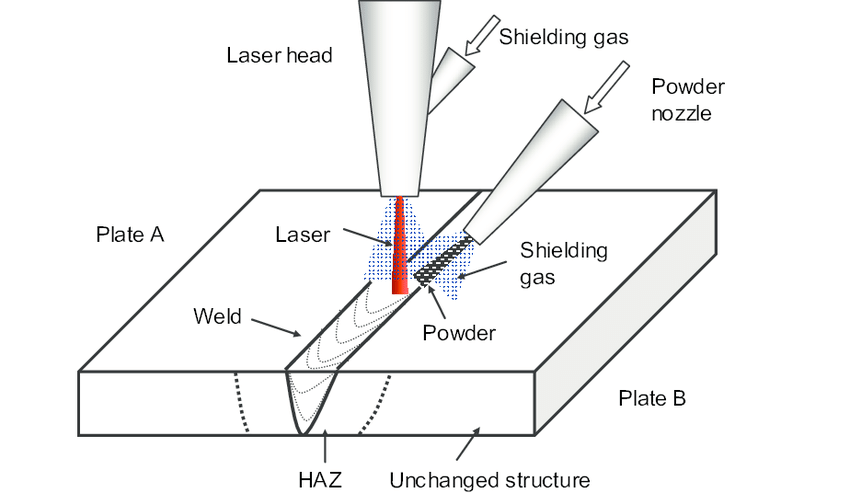
Laser beam welding
What is Electron Beam Welding?
Electron beam welding is the precision welding process which utilize the extremely high energy density electrical beam which is speed up after focusing to impact to the tiny area of workpiece surface at a extremely high speed under the vacuum condition. Most of energy will be transferred to thermal energy in extremely short time, which will lead to the partially melting and realize the welding.
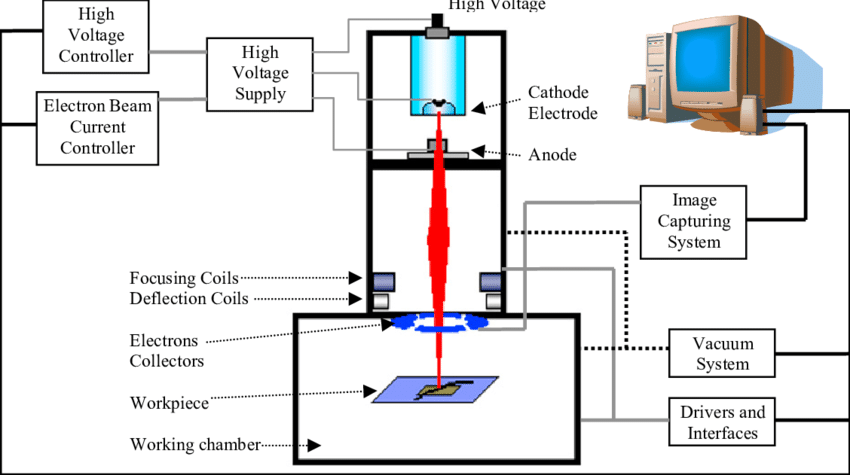
Electron Beam Welding
The process device is composed by four basic system: Electrical gun system, vacuum system, control system and power system. Electrical gun is the system which is used to shot high speed electrical beam and get the beam preliminary gathered. The vacuum system is used to ensure the vacuum degree of the vacuum chamber. As the electronics can do high speed motion under high vacuum degree only, which can also prevent the emission cathode from oxidized under high temperature. The control system is used to control the size and direction of electrical beam, and the movement of platform. The processing of electrical beam has high requirement on the power system.
The electrical beam welding will melt the metal which is around the welding joint of the workpiece by control the energy density of the electronic beam. The capillary-like steam tube which is surrounded by molten metal will be formed under the continuously impact of electronic beam. The steam tube which above the welding seam will be re-solidified due to the leave of electronic beam and make the whole seam of workpiece emerge one soldering seam, if the weldment move against the electronic beam along the welding seam at a certain speed. The electronic beam welding can welding almost all of the metal materials which can be proceed by the melting welding. No matter it’s refractory metals or chemical-active metals, very thin workpiece or workpiece with hundreds of millimetre. Electronic beam welding can also work on the special metals which is difficult to be welded by normal welding method.
What is diffusion welding?
The diffusion welding is a solid-state connecting method which can connect different materials which have big difference on physical and chemical properties. For example, the ceramics and metals. The diffusion welding can also connect the materials which have big difference on size and the shape of cross section. The diffusion welding can also connect the parts which was machined precisely and without comprising on the original accuracy.
Diffusion Welding
What's the advantage of Welding?
1.Good Connect Property.
Welding has great significance on the manufacturing of large or super large structures such as the automotive, bridge, vessel and rocket etc, as it can combine and weld the plate material, extrusion profiles or casting parts together easily according to the requirement. Meanwhile, welding process can also connect parts with different shape, size and even different material, which will reduce the weight save the material, and optimize the resource.
2.Great stiffness of welding structure, and fine integration.
The welding structure has great stiffness and fine integration. Meantime, it’s easy to ensure the air tightness and water tightness. Therefore, welding is particular suitable for manufacturing hollow structure with high strength and great stiffness, for instance the pressure container, tube, and boiler or furnace etc.
3.Variety of Welding methods, and wide adaptability.
Welding has many different kinds of methods, and can be used on many areas. The welding can suit the production with different requirements or batches. Besides, the signal of welding parameter is easy to be controlled, which is easy to realize welding automation. For example, the point-welding mechanical arm and arc-welding robot are widely used in the manufacturing of automotive industry.
What's the limitation of Welding?
1. Usually, the structure and property of welding joint will be changed by welding. The quality of structure parts will be badly affected if welding wasn’t controlled well.
2. The soldering seam and heat affect area might emerge many different defects due to improper operation, which will decrease the support ability of the structure.
3. The workpiece might generate residual stress and get deformed due to welding, which affect the quality of products badly.
4.The affects on aluminium parts.
The welding point will remain on the aluminium parts after welding. The welding point or joint can be removed by CNC if the welding joint is big and conspicuous. The welding point can be grinding or polishing directly if it’s slight. The aluminium parts need be sandblasted before anodizing, otherwise the welding area will looks very different after anodizing.
What's the application of precision welding?
Almost all of the metals can be connected by precision welding. The precision welding is widely used in many industries. For example,
Aerospace: which is mainly used to welding special materials, and manufacturing the precision parts, like navigation equipment and radar etc.
Precise Mechanics: Which is mainly used to machining or manufacturing the equipment, like CNC machine tools, robots, laser equipment, medical apparatus, printing equipment etc.
Information Industry: Which is mainly used to processing or manufacturing the communication equipment, like computers, digital products, instruments, sensors, etc.
Automobile industry: Which is mainly used in the manufacture of automobile engine parts and automobile bodies.

